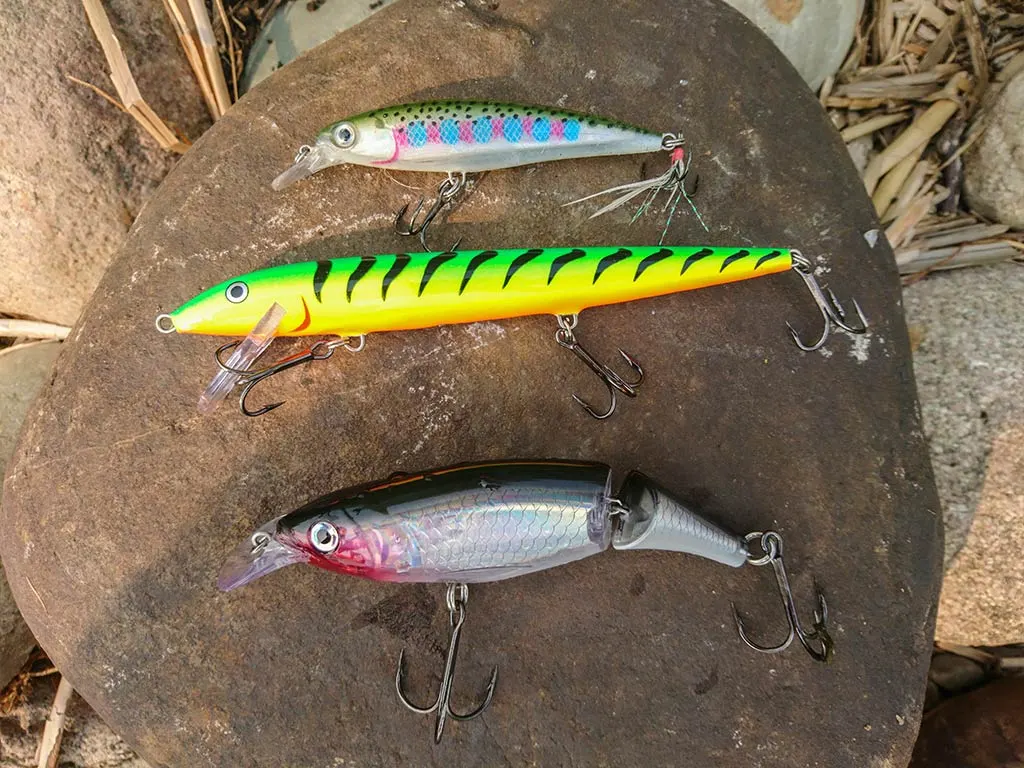Introduction to Jerkbait Fishing
Are you ready to up your fishing game? If you’re looking for that adrenaline rush and the thrill of catching more fish, jerkbait fishing might just be your new favorite technique. This versatile method has captivated anglers around the world, bringing in impressive catches while keeping things exciting on the water. Whether you’re a seasoned pro or just starting out, understanding jerkbaits can transform your fishing experience.
In this comprehensive guide, we’ll dive deep into everything you need to know about jerkbait fishing—from what they are and how to use them effectively, to gear recommendations and common pitfalls to avoid. Get ready to cast away those doubts as we explore the wonderful world of jerkbaits!
What is a Jerkbait?
A jerkbait is a type of fishing lure designed to mimic the erratic movements of injured prey. Its unique shape and action make it irresistible to predatory fish.
Typically made from hard plastic or wood, jerkbaits come in various sizes and colors. This diversity allows anglers to match their bait to local forage, enhancing the chances of a successful catch.
The key feature of a jerkbait is its ability to be worked with sharp jerks or pauses. These actions can trigger instinctive strikes from fish like bass, pike, and walleye.
Jerkbaits can dive at different depths depending on their design. Some float on the surface while others sink deeper into the water column, giving you options based on your fishing conditions.
With versatility built into their design, jerkbaits have earned a solid spot in many anglers’ tackle boxes for both freshwater and saltwater adventures.
Different Types of Jerkbaits
Jerkbaits come in various shapes and sizes, each designed for specific fishing conditions. One popular type is the shallow-running jerkbait, which stays close to the surface. This option is perfect for targeting fish that are actively feeding near the top.
Then there are deep-diving jerkbaits, engineered to reach greater depths. These lures excel in cooler water where fish often seek refuge beneath the surface layers. Their ability to mimic distressed baitfish makes them particularly effective.
Suspending jerkbaits hold a unique position as they remain in place after being paused. This can entice hesitant bass or other species lingering nearby.
Jointed jerkbaits offer added action through their articulated design, allowing for more lifelike movement during retrieval. Each type has its own advantages depending on your target species and fishing environment.
How to Use Jerkbaits Effectively
Using jerkbaits effectively requires an understanding of both technique and timing. Start by casting your lure into areas where fish are likely to be hiding, like submerged structures or weed beds.
Once the bait lands, it’s all about the retrieve. A series of sharp jerks followed by pauses can mimic a distressed baitfish. Experiment with different cadences until you find what triggers bites.
Depth control is crucial too. Adjust your retrieve speed and rod angle to keep your jerkbait in the strike zone longer. Don’t hesitate to vary your retrieves throughout the day as fish behavior changes.
Watching for subtle signs is essential; sometimes, a light tap signals interest before they commit fully. Stay alert and ready for quick action when that moment comes—reaction strikes can happen fast!
Tips and Techniques for Success with Jerkbaits
To maximize your success with jerkbaits, timing is key. Early morning and late evening are often the most productive times for fishing. Fish tend to be more active during these hours, making them more likely to strike.
Retrieve speed matters too. Experiment with different speeds to find what works best on a given day. A quick twitch followed by a pause can trigger aggressive bites when fish are chasing.
Don’t overlook water temperature either. In colder conditions, slower retrieves may entice lethargic fish. Conversely, warmer waters call for brisk action that mimics an injured baitfish.
Vary your rod angles while retrieving; this keeps the lure’s action unpredictable and appealing to nearby predators. Always stay adaptable based on the environment and fish behavior around you—flexibility can lead to significant catches!
Choosing the Right Gear for Jerkbait Fishing
Selecting the right gear is crucial for successful jerkbait fishing. Start with a medium to medium-heavy rod. This provides enough backbone to handle larger fish while allowing for precise movements.
Pair your rod with a high-speed reel. A 6:1 or higher gear ratio enables quick retrieves, essential when you need to mimic an injured baitfish effectively.
Line choice matters too. Fluorocarbon line offers low visibility underwater and excellent sensitivity, making it ideal for detecting subtle bites. Aim for a test strength between 10-20 pounds, depending on the species you’re targeting.
Don’t forget about the importance of comfortable footwear and clothing suited for various weather conditions. It’s vital to stay focused during long hours on the water.
Having these elements in place will enhance your jerkbait experience and increase your chances of landing that big catch.
Best Places for Jerkbait Fishing
When it comes to jerkbait fishing, location is key. Certain waters consistently attract fish eager for that tantalizing twitch.
Lakes and reservoirs with submerged structures are prime spots. These areas provide cover for bass and other predators, making them more likely to strike at your lure. Look for rocky points, fallen trees, or weed beds.
Rivers can also be fantastic venues. Currents create ambush points where fish hide, waiting to pounce on unsuspecting prey. Focus on eddies and bends in the river; they often hold a bounty of active fish.
Don’t overlook coastal regions either. Saltwater species like striped bass love jerkbaits during their feeding frenzy along tidal flats or estuaries.
Local knowledge is invaluable. Connect with anglers in your area who know the best times and places to cast those jerkbaits effectively!
Common Mistakes to Avoid When Using Jerkbaits
Many anglers struggle with jerkbaits due to common mistakes. One frequent error is using an incorrect retrieve speed. Jerkbaits work best when you vary your cadence, incorporating both fast and slow pulls.
Another issue arises from improper rod angle. Keeping your rod too high or low can negatively affect the lure’s action. Aim for a balanced position to create enticing movements in the water.
Additionally, failing to adjust for water conditions often leads to frustration. Consider factors like clarity and temperature; they impact how fish respond to your bait.
Overlooking gear selection is another pitfall. Ensure your line strength matches the jerkbait type you’re using; this will improve sensitivity and control during retrieves.
Ignoring seasonal patterns can limit success rates. Fish behave differently throughout the year; adapt your approach accordingly for better results on the water.
How to Care for Your Jerkbaits
Caring for your jerkbaits is essential to ensure they perform well and last longer. Regular maintenance can make a significant difference in the effectiveness of your lures.
After each fishing trip, clean your jerkbaits thoroughly. Use fresh water to rinse off any dirt, debris, or saltwater residue. This simple step helps prevent corrosion and wear on the hooks and body of the lure.
Inspect the hooks regularly for sharpness. Dull hooks can lead to missed opportunities when trying to land fish. If you notice that a hook has lost its edge, take some time to sharpen it with a hook file or replace it entirely if needed.
Store your jerkbaits properly when not in use. Keep them in tackle boxes with compartments designed for lures to prevent tangling or damage from other gear. Using rust-resistant tackle boxes can also help prolong their life by keeping moisture at bay.
Pay attention to any paint chips or scratches on your jerkbaits as these imperfections can affect their performance in the water. If necessary, touch up chipped areas with appropriate paint that matches the original color scheme.
Maintaining proper care will enhance both durability and effectiveness on future fishing trips!
















